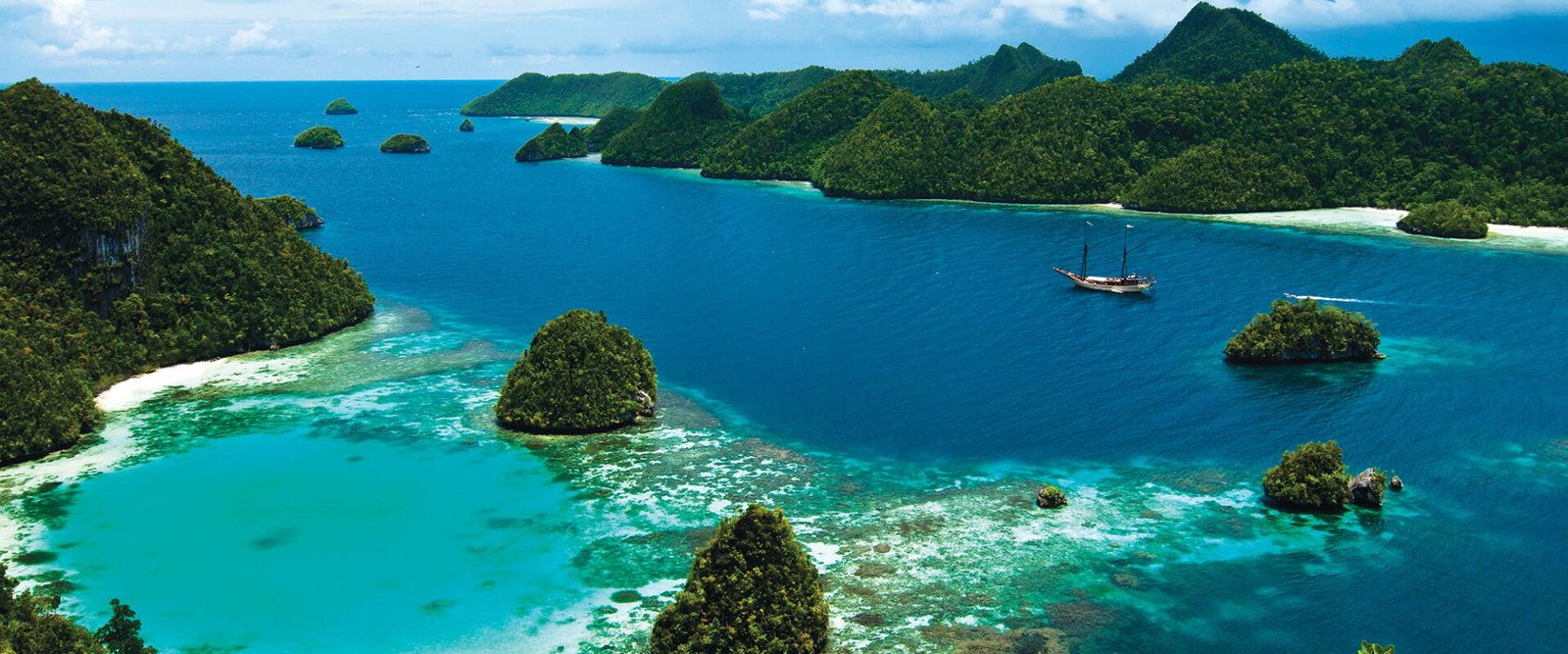Word: Ayu Arman
Since 2009, the local government of Raja Ampat has been enthusiastically developing its tourism sector, aiming to position the region as a leading marine tourism destination. This is a natural step, considering Raja Ampat is surrounded by pristine, biodiverse seas and a cultural heritage that remains vibrantly preserved. The region is also home to rare endemic bird species such as the Red Bird-of-Paradise (Cendrawasih Merah) and Wilson’s Bird-of-Paradise (Cendrawasih Wilsson), species that can only be found in Raja Ampat—making it a powerful asset for establishing this archipelago as a natural sanctuary and global marine tourism gem.
Marine tourism in Indonesia is currently on a promising trajectory, especially as global travel preferences shift from mass tourism toward more specialized experiences—such as eco-tourism, marine adventures, and nature-based exploration. This global trend offers hope to regions with exotic landscapes and rich cultural traditions. As a result, destinations across Eastern Indonesia are increasingly emerging in response to these evolving travel demands.
Indonesia, being the world’s largest archipelagic country, boasts a rich array of coastal and marine ecosystems—ranging from sandy beaches, caves, lagoons, estuaries, mangrove forests, seagrass beds, seaweed farms, to coral reefs—that remain largely unspoiled and breathtakingly beautiful.
Among the world’s ten most exquisite coral reef ecosystems, six are located in Indonesia: Raja Ampat, Wakatobi, Taka Bonerate, Bunaken, Karimunjawa, and Weh Island. This makes Indonesia’s coastal and marine areas ideal for a full spectrum of marine tourism activities such as beach relaxation, swimming, water sports, yachting, cruises, recreational fishing, diving, snorkeling, underwater photography, exploring marine parks and wildlife reserves, and immersing in the life of coastal fishing villages.
Raja Ampat, in particular, offers a surreal underwater realm akin to a dreamlike fantasy world. If in the past international tourists were drawn solely to the allure of Bali, today they also recognize the awe-inspiring beauty of Raja Ampat—a place whose charm often surpasses that of Bali.
Thus, my journey to Raja Ampat, undertaken for the purpose of writing, feels like a blessing. Many writers may be more talented than I am, yet they may never receive the same opportunity—to be entrusted with telling the story of Raja Ampat, to traverse its remote villages scattered across Waigeo Island, and to witness firsthand a corner of paradise that embodies the golden promise of Indonesia’s marine tourism future.

